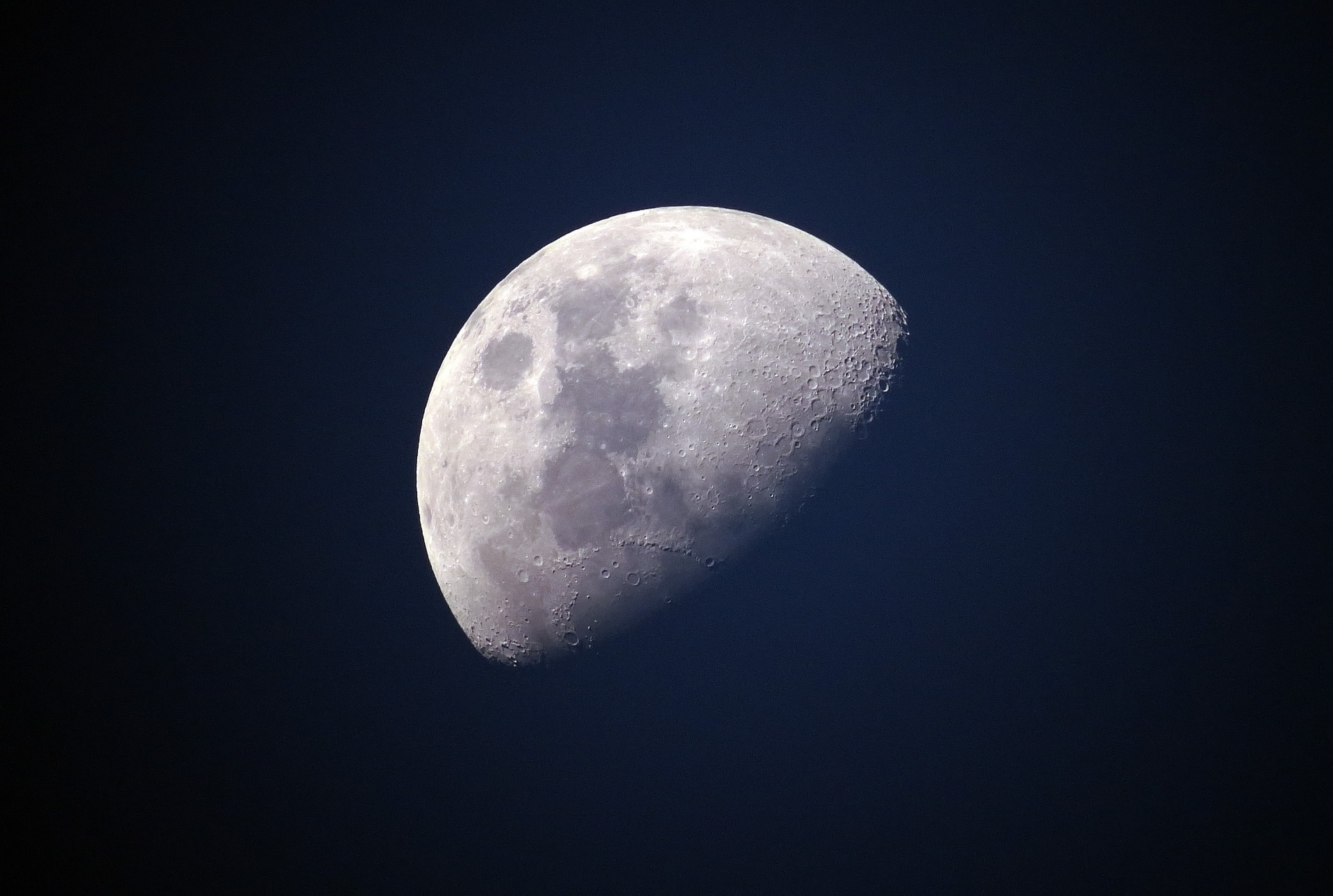‘Rover VIPER will search for water and other resources on the Moon’: NASA

NASA says the rover ‘VIPER’ Will search for water and other resources on the Moon.
NASA is planning to send its first mobile robot named Volatiles Investigating Polar Exploration Rover (VIPER) to the Moon in late 2023. As part of the Artemis program, the mission aims the rover to search for water and other resources on and below the lunar surface.
The areas of the moon, where VIPER will land, haven’t seen sunlight for billions of years and are some of the coldest spots in the solar system. Therefore, NASA has designed the rover which calls for using the first headlights to aid in exploring the permanently shadowed regions of the Moon. Running on solar power, NASA says, VIPER will need to quickly maneuver around the extreme swings in light and dark at the lunar South Pole.
NASA hopes that the data received from VIPER will have the potential to aid scientists in determining precise locations and concentrations of ice on the Moon and will help them evaluate the environment and potential resources at the lunar south pole in preparation for Artemis astronauts.
NASA officials claim that it is another example of how robotic science missions and human exploration go hand in hand, and why both are necessary as they prepare to establish a sustainable presence on the Moon.
VIPER is said to carry four instruments, including the Regolith and Ice Drill for Exploring New Terrains (TRIDENT) hammer drill, the Mass Spectrometer Observing Lunar Operations (MSolo) instrument, the Near-Infrared Volatiles Spectrometer System (NIRVSS), and the Neutron Spectrometer System (NSS). Before the VIPER mission, NASA will test previous versions of these instruments on the lunar surface, allowing the team to reduce risk and test instrument performance data.
Slated to arrive via Astrobotic’s first flight, MSolo, NVSS, and NIRVSS are among the payloads that will land on the lunar surface on one of the first CLPS deliveries to the Moon. Versions of TRIDENT and MSolo will ride to the Moon in late 2022 aboard the Polar Resources Ice Mining Experiment (PRIME-1) technology demonstration, delivered by Intuitive Machines on its second CLPS flight.
According to NASA, the VIPER design has come a long way. NASA has recently approved the rover to enter the mission development phase after the completion of its formulation phase. The mid-sized rover costs $433.5 million for mission development and operations. The current delivery contract value for Astrobotic to deliver VIPER to the Moon through CLPS is approximately $226.5 million.
As mentioned by NASA officials, VIPER will be the most capable robot NASA has ever sent to the lunar surface. Also, it is going to allow them to explore parts of the Moon scientists have never seen before. Moreover, the rover will help scientists learn about the origin and distribution of water on the Moon and prepare them to harvest resources 240,000 miles from Earth that could be used to safely send astronauts even farther into space, including Mars.
NASA’s Artemis program includes sending robots and humans to explore more of the Moon than ever before. NASA plans the next men-mission to follow in VIPER’s wheel prints and land at the lunar South Pole. That mission will also include landing the first woman on the Moon. As NASA informs, the woman will be one of two crew members paving the way for sustainable lunar exploration missions with the crew.
Auto Amazon Links: No products found.


